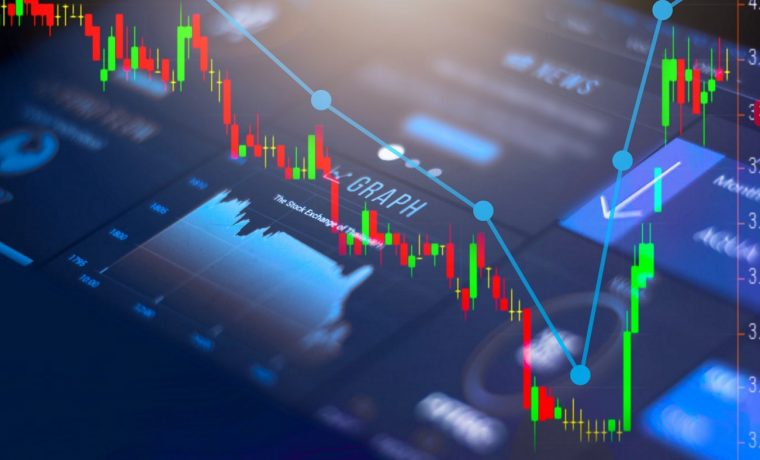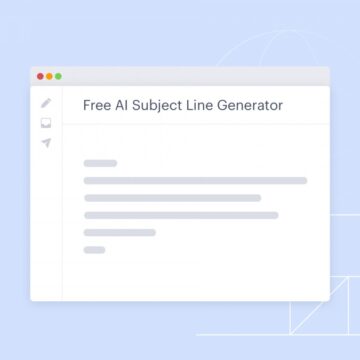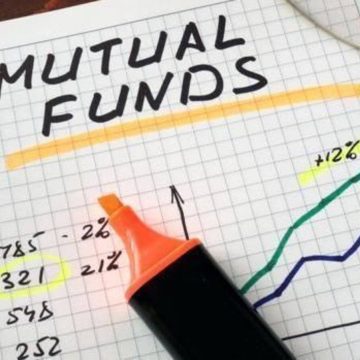Trading is a field that has been around for centuries, and although it can be stressful and challenging to keep up with the changing information, there are specific trading systems available that can help solve this age-old problem.
By setting up a trading system, you can be more organised and efficient with your trading. A traditional ‘buy low, sell high’ approach is simple and easy but leaves room for human error and lack of discipline.
If you set yourself strict rules to follow when investing your money, it becomes less likely that you will deviate from those rules and make rash decisions based on speculation or fear/greed, which could cost you money.
The different types of trading systems
There are three different types of trading systems. Each has its benefits and disadvantages, so you should pick your system carefully depending on what you want from your trading career.
Day trading
Day trading in the UK is very short-term and uses the stock market’s open-close times. If you want to do day trading in the UK, you need to be sure that your chosen (or current) stocks will open and close at certain times.
Swing trading
Swing trading in the UK is often used by beginner traders looking for a more straightforward way to trade than day trading. It involves holding trades over several hours or even days. Swing traders look for smaller moves than day traders, so their margin for error is more significant when choosing where to “buy low and sell high”.
Position trading
Position trading in the UK is a longer-term trading method. A position trader will hold on to their stocks for weeks, months or even years until they are ready to sell at the right price. Sometimes position traders will buy several different stocks in one industry; this is called diversification.
Using automated trading systems
The best way to deal with the emotional side of trading is automated systems. These computer-generated signals tell investors when to buy or sell investments such as shares or currencies. These systems take away the stress of constantly monitoring market movements by automatically executing trades for you when specific criteria are met on the market.
These signals are generated using complex mathematical formulas programmed into computers (often using AI – artificial intelligence). The most famous example of this type of system was the robot trader ‘Martin’, featured on the BBC’s Horizon programme in 2008.
Another good example is Forex Robotron which has been on the market since 2010 and was built using an advanced mathematical formula that allows it to present users with winning trades 70% of the time or more while reducing losing trades by 65%. On average, that’s about 4-5 winning trades for every losing trade. This robot can produce positive results, so it consistently makes it one of the most popular automated trading systems out there.
In the UK, trading with this robot has been made easy by using a deposit bonus from a well-known broker in the country, which allows traders to get started without having to risk any of their own money in the process.
This means that users have absolutely nothing to lose when they sign up and can start getting results right away. That being said, it’s essential always to remember that no trading system is 100% foolproof and due diligence is required when using anything on the market today.
The value of technical analysis
Studying historical data to determine how a particular share behaves in terms of past prices is called technical analysis, or simply TA for short. There’s an enormous amount of jargon surrounding what these terms mean, but there are two main types of trading systems based on TA.
Summary
Many people think that trading is magic that allows you to get rich quickly. In reality, it takes a lot of studying and focus to become proficient, but everyone can improve their knowledge on the subject. New traders are advised to use a reputable online broker from Saxo Bank.
















